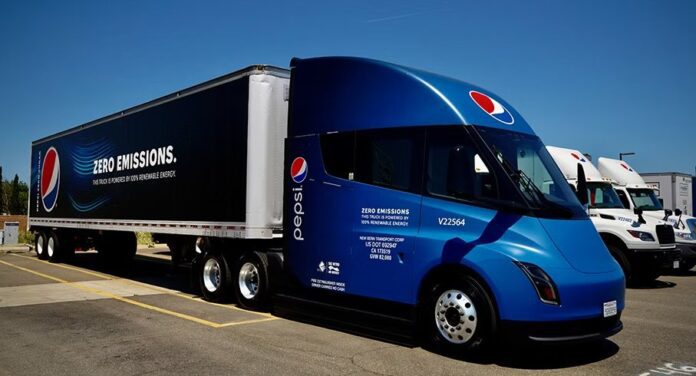The concerns raised by the truck driver, Jon Vandiver, highlight the significant challenges that Tesla and the broader transportation industry will need to address to make the widespread adoption of electric semi-trucks a viable reality. The issues of charging infrastructure, grid capacity, weight restrictions, and regional-specific challenges will require innovative solutions and substantial investments in infrastructure to overcome.
Charging Infrastructure and Grid Capacity
The primary concern raised by the truck driver, Jon Vandiver, is the availability of charging stations and the grid’s capacity to handle the massive power demands of charging a fleet of Tesla semi-trucks. Vandiver points out that charging between 100 to 900 trucks at once in a single location would be a significant challenge, requiring a substantial increase in grid infrastructure and power generation.
Weight Restrictions and Battery Limitations
Another issue highlighted is the weight of the batteries required to power the Tesla semi-trucks. Vandiver notes that the batteries needed to support a tractor pulling a loaded trailer would likely weigh considerably more than the 1,600 pounds of 200 gallons of diesel. This raises concerns about weight restrictions on roads and bridges, potentially forcing a reduction in load size and an increase in the number of trucks, further exacerbating the charging infrastructure problem.
Regional Challenges: The Case of Phoenix, Arizona
Vandiver uses the example of Phoenix, Arizona, to illustrate the scale of the challenge. He points out that there are approximately 1,500 parking spots for tractor-trailers at the major truck stops in the city, and each Tesla semi-truck would require around 1 MWh to charge. Vandiver questions how the additional 1-1.5 GW of power would be generated, suggesting that the installation of small modular reactors might be necessary to meet the increased demand.
As a truck driver, it’s pretty common for me to burn close to 100 gallons of diesel every day. That’s what, between 3 and 8 weeks of equivalent supply for your average driver?
— Jon Vandiver (@JonVandiver82) April 26, 2024




